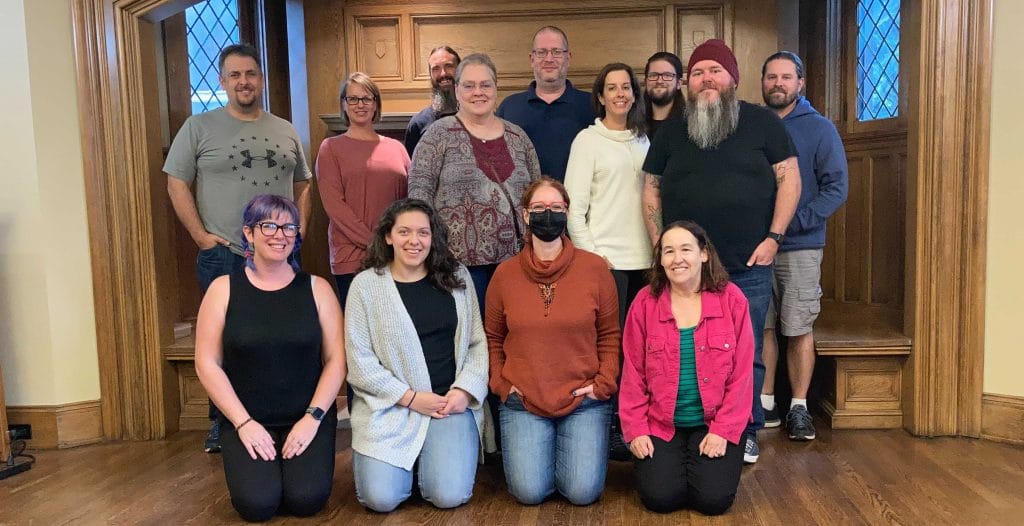A curated collection of the latest and most interesting podcast episodes about the author life.
Hi friends, it’s Christine Daigle here, co-author of two serials, one sci-fi and one horror, on Kindle Vella under the pen name LP Styles. I’m also the co-host of The Serial Fiction Show. I have some fascinating podcasts to share with you this week that you won’t want to miss!
Top 3 Must-Listen Episodes
Missing Pages // Episode 1. Kaavya Viswanathan: The Untold Story
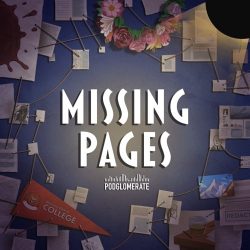
Bethanne Patrick, aka The Book Maven, hosts this investigative podcast looking at jaw-dropping and bizarre stories from inside publishing. I first discovered this podcast when Bethanne was live tweeting the Barnes & Noble trial from the courtroom, and I was not disappointed with this gem of a podcast. The first episode delves into what really happened with the plagiarism accusations that eventually got “How Opal Mehta Got Kissed, Got Wild, and Got a Life”, which secured a six-figure book deal, pulled from the shelves in 2006 right after its release. On the infamous Today Show interview with Katie Kuric, a teenage Kaavya maintains she did not intentionally plagiarize any passages. And as Bethanne digs into the story, an often hidden side of publishing is revealed. As a 17-year-old college hopeful, Kaavya’s affluent, medical professional parents hired a college counsellor to help Kaavya with her college application. Not only did Kaavya get in to Harvard, but she also showed her college counsellor, who had connections in trad pub, her Irish Historical Fiction manuscripts. Her counsellor then passed them on to a literary agent who told Kaavya the hard truth: she had talent, but those books weren’t marketable. The agent then asked if she’d be willing to work with a book packaging company.
Book packaging companies are partly a think tank, where a bunch of “cool kids” sit around a table and brainstorm what other cool kids would like to read. That idea is then given to the author to write—title, characters, plot, etc.—and they may give the author a novel or two for comparison. And the book the author writes based on this idea often isn’t even the point. Rather, the TV and film properties that come out of it may be the goals. This happened to Kaavya. Alloy Entertainment, a Warner Brothers Company, was Kaavya’s book packager. Their name appeared on the copyright page of Opal Mehta, and Kaavya’s publishing team coached her on what to say, how to deflect, how to hide this, if asked about it.
Now, that’s not to say that book packaging companies are not legit, or that the books written based on their think tanks’ ideas are bad. Book packaging has a long history with series such as The Hardy Boys and Nancy Drew. Alloy handled the books behind The Sisterhood of the Traveling Pants, Gossip Girl, The Vampire Diaries, Pretty Little Liars, The Lying Game, The 100, The Clique, The Luxe, Private, and The A-List. But this instance makes you wonder if maybe a 17-year-old, charismatic, fresh-faced, Harvard student was picked up for other reasons in addition to talent, as is not uncommon in the entertainment industry. Was Kaavya naïve and thrown into the deep end before she could swim? Have a listen and find out!
SFF Addicts // Episode 25. History & Fantasy (with Claire North, Rebecca Roanhorse, Ed McDonald & Vaishnavi Patel)
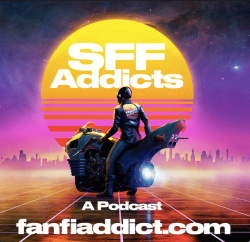
Host Adrian M. Gibson and a panel of authors discuss the intersection of history and fantasy. Learn techniques for applying history to world building, character, and plot. Also, how low technology settings and other secondary worlds can give us more writing freedom to explore characters. People are people, no matter what setting you drop them into! And if you can get rid of pesky technology, it’s even better. Like the set up in horror movies where the writer gets characters to a cabin and cuts off cell phone service, historical settings give us opportunities to more fully delve into the weirdness of characters… and torment them.
Print Run // Episode 153. A New Achilles Heel
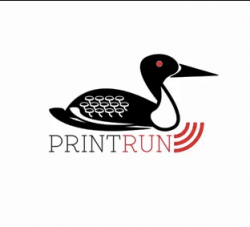
Literary agents Laura Zats and Erik Hane dive into the Barnes & Noble’s decision to stock fewer hardcover titles and what this means for debut and marginalized writers. They also predict how publishers may respond to the changes in B&N. In the past, all the shelf space in B&N was paid for by the Big 5 (Soon to be Big 4?) publishers. With B&N now going toward a more indie bookstore style, where big publishers can no longer bid on where their books will be displayed, it seems another perk of being a trad pubbed author may slip away.
The Latest from The Author Life Podcast
78: HOW CAN YOU USE BETA READERS TO HELP WITH EXPERT KNOWLEDGE?
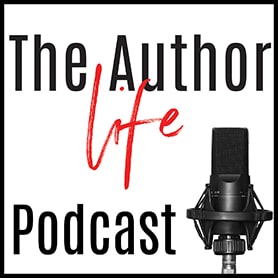
This week authors J. Thorn and Crys Cain discuss different ways you can utilize beta readers to help with expert knowledge and the different processes involved in doing so.
The Wildcard: Interesting Episode from a Non-Writing Related Show
Explain Like I’m 5 // Episode 183. Ampersand – the 27th member of the alphabet?
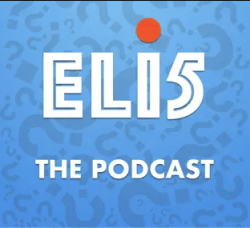
A mini-podcast series where Tim & Kevin (see what I did there?) answer the questions you always wanted to ask in ten minutes or less. In this episode, they tackle the ampersand. The ampersand is more than just a short form for “and”. It has a legal use, like in movie credits, where the ampersand symbol means the writers worked together at the same time (e.g., Tim & Kevin), whereas if the word “and” is used (e.g., Tim and Kevin) it means the writers both worked on it, but not at the same time. This is why they use both forms in the credits—it’s not an inconsistency mistake. Historically, the ampersand used to be the 27th letter of the alphabet. It was its own word and was sometimes followed by “per se”, to mean it could stand by itself intrinsically without referring to anything else. In the nineteenth century, when children were reciting the alphabet, any letter that could also stand on its own as a word was followed by per se (i.e., “a per se a”, “i per se i”) and the alphabet ended with “and per se and”, which when slurred together sounds like ampersand. In 1837, the phrase ampersand started being used, but the symbol goes back to anonymous graffiti in Pompeii in 79 AD. Why does the ampersand symbol look the way it does? The Latin word “et” means “and”. If you write “et” in old Roman cursive, that’s basically the original ampersand. There’s a fancy name for making a character out of two or more letters together called a ligature. So an ampersand is a ligature for joining the letters “e” and “t.” See if you can spot it next time! And check out answers to other fascinating questions like why water makes our fingers wrinkle, and why if Nitrogen makes up 80% of our atmosphere we don’t talk about it much.
Inside The Author Life
When stuff is going on in the publishing industry, but you know you’re going to keep writing your books and readers are going to keep on reading!

Get the APB delivered straight to your inbox!
Need some help with your story?
Three Story Method certified editors are standing by, ready to help you become a better writer. Click on our picture or visit https://theauthorlife.com/editing/ for more details!
Posted in Author Podcast Broadcast

